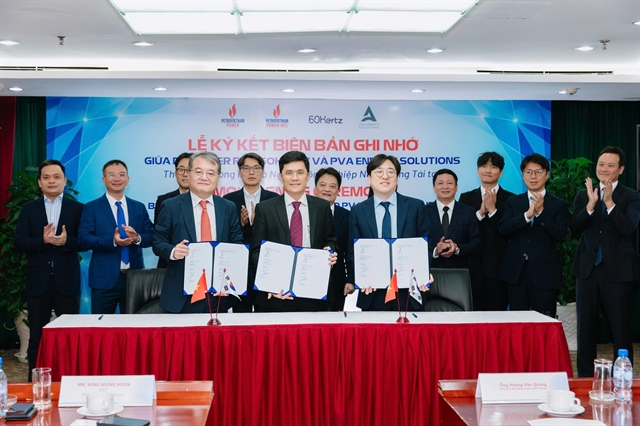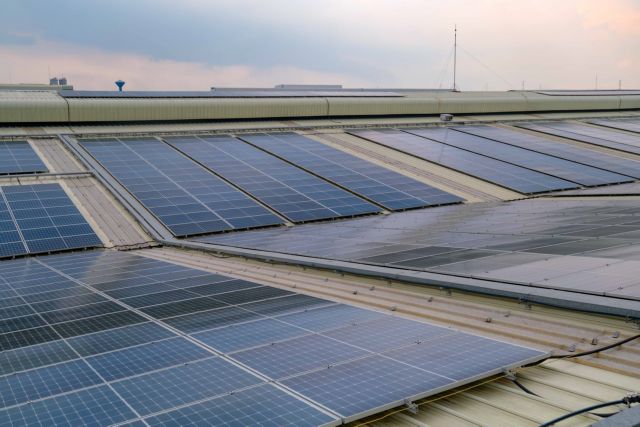 Economy
Economy

 |
| Solar panels installed on the roof of a factory in Long An Province. Green credit is mainly provided to clean energy, renewable energy and green agriculture. — VNA/VNS Photo Thanh Liêm |
HÀ NỘI — The issuance of green taxonomy, a framework for defining what can be considered environmentally sustainable, becomes critical as a base for banks to accelerate the provision of green credit in a broader effort to strengthen environmental, social and governance (ESG), heard a conference on Tuesday.
Deputy Governor of the State Bank of Việt Nam (SBV) Đào Minh Tú said at the conference held by the Đầu Tư (Investment) newspaper that practising ESG was imperative for Vietnamese businesses as green growth and sustainable development had become an inevitable trend and a goal that every country was aiming for.
“Sustainable growth is becoming a key issue to enhance business competitiveness and the national competitiveness in the context of international integration, in which ESG is a set of standards to measure and evaluate sustainable development,” Tú said.
ESG would help credit institutions to increase prestige and consolidate brands through ensuring transparency while enhancing risk management efficiency, through which, operation quality and profits would be improved, he stressed.
According to Hà Thu Giang, Director General of the SBV’s Department of Credit for Economic Sectors, green credit accounts for around 4.5 per cent of the total outstanding loans in the economy, focusing on clean energy, with renewable energy at 43 per cent and green agriculture at 30 per cent.
The outstanding loans which are assessed for environmental and social risks are estimated to total VNĐ3.28 quadrillion (US$129.1 billion) so far, accounting for 22.23 per cent of the total outstanding loans in the economy and up 15.62 per cent over the same period last year.
These figures have demonstrated the banking industry’s effort to accelerate green credit and ESG practising towards sustainable development.
However, the proportion of green credit in the total outstanding loans remains low.
Giang said joint efforts of relevant ministries and agencies were needed.
Việt Nam needed to develop an environmental and social database system as a base for credit institutions to check the information regarding environmental and social assessments of projects, she said.
Training should also be provided to enhance awareness and capacity of enterprises in ESG practices to reach international standards.
Notably, the Ministry of Natural Resources and Environment should early propose to the Government for approval of green taxonomy to facilitate the assessment for the provision, evaluation and supervision of green credit, Giang said.
Detailed policies to promote the development of carbon market should be raised early, Nguyễn Thị Thu Hà, Deputy Head of Agribank’s ESG Steering Committee, said.
The Government could consider tax incentives, fees, interest rates or priorities in credit quotas reserve requirements for enterprises and commercial banks to encourage ESG, Hà said.
Việt Nam could also learn Barbados' unique debt-for-climate swap to catalyse private finance in climate projects, she added.
At the National Assembly’s recent question and answer session, SBV Governor Nguyễn Thị Hồng said that many policies had been issued to encourage banks to provide green credit. However, the banking sector still faced difficulty in accelerating green credit provision due to the absence of green taxonomy. — VNS